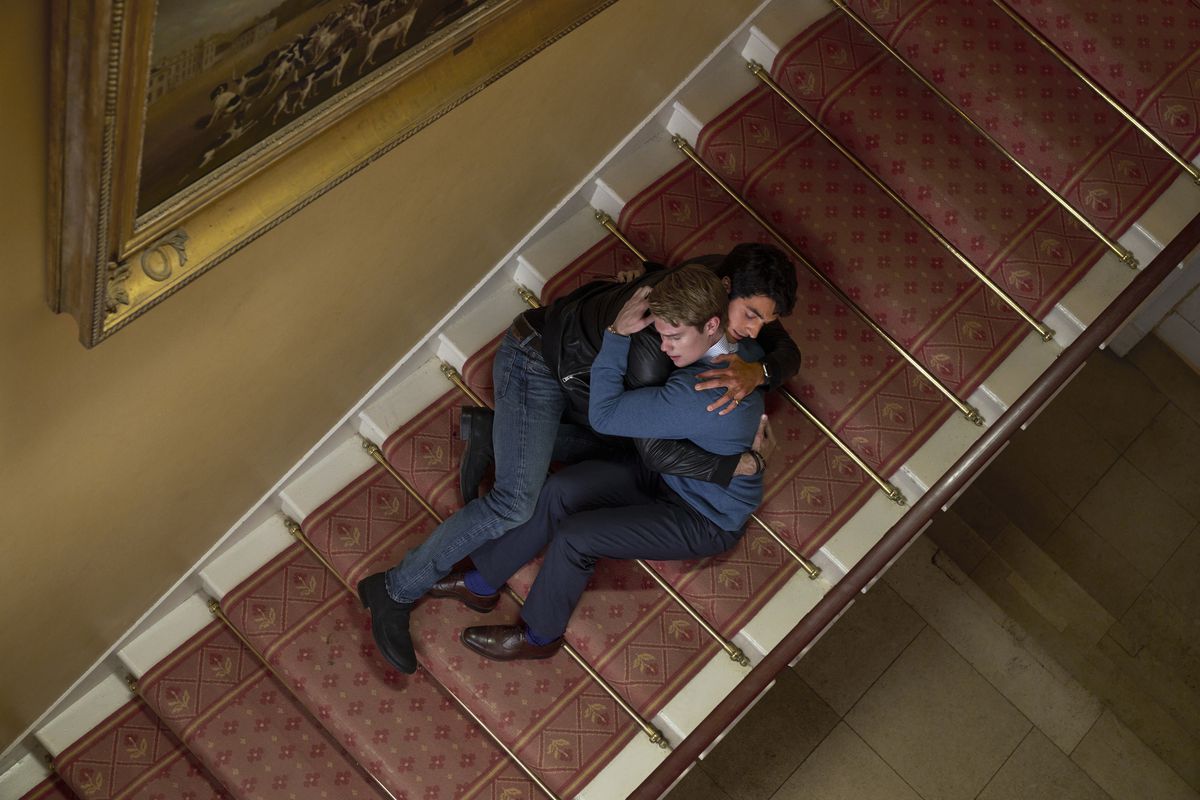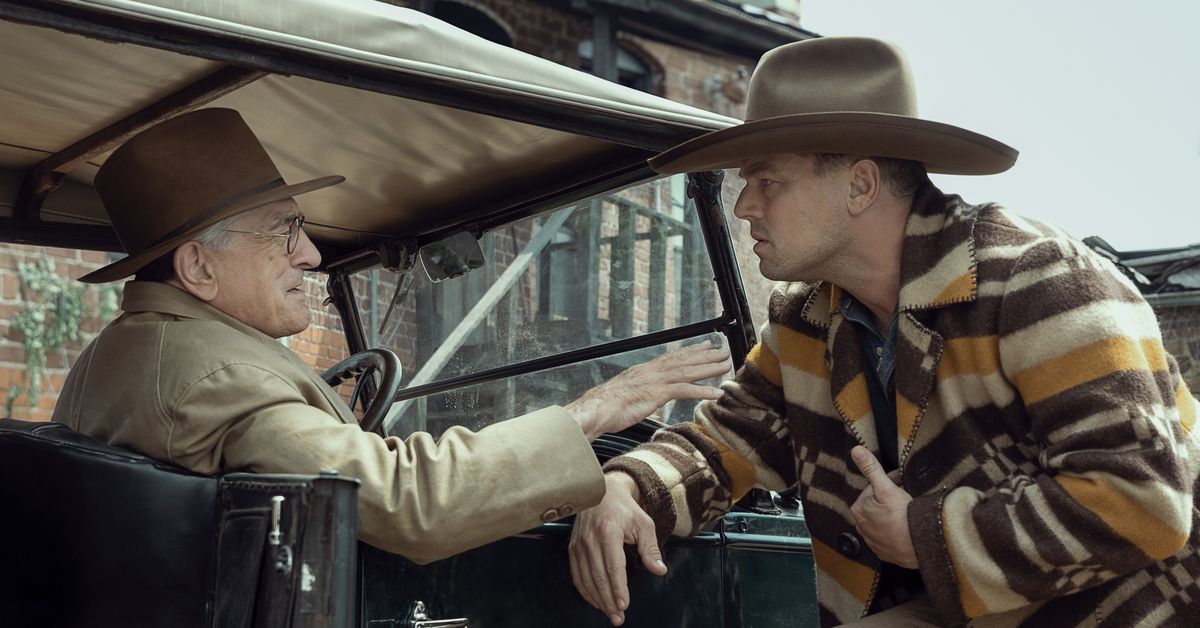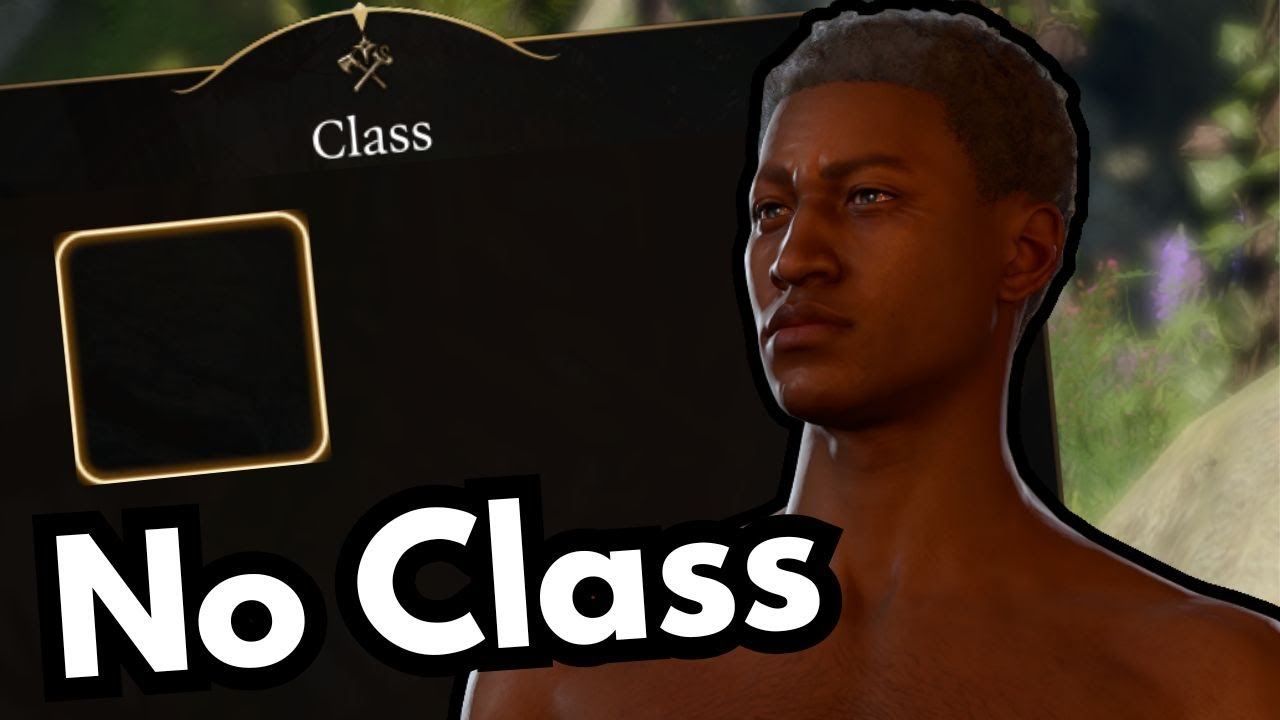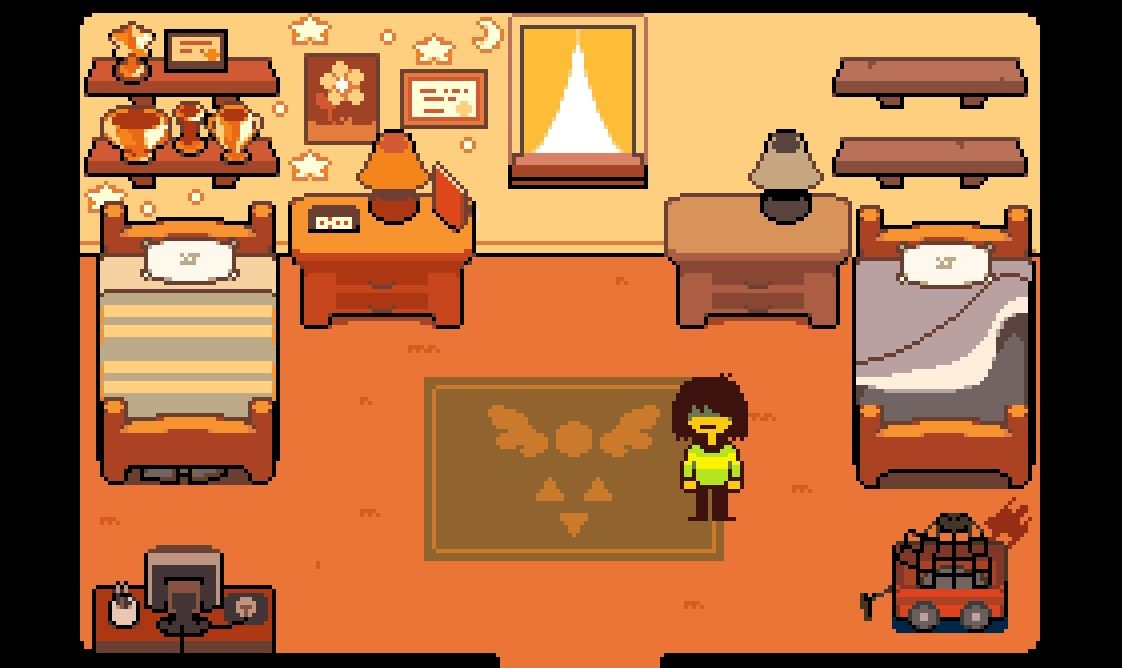Looking at the year’s notable video essays, many grapple with issues at the heart of contemporary media itself. There are dissections of video-playing tools, exposés of how corporations restrict access, contrasts between tropes and reality, and thorough investigations of trends in plagiarism and/or fabrication. As the essay landscape refines, it seems to peer inward as much as out.
On the making of this list: I try to stay up to date on video essays for a while, and have contributed lists and/or voting in polls about the best videos made each year since 2018. Over this time, doing these kinds of roundups has gotten exponentially more difficult. As YouTube has grown to become a mega-business hosting powerful creators (part of the general trend of social media video sites becoming the new primary forum for cultural influence), I’ve seen essayists I once thought of as niche accrue follower counts in the millions. It’s been surreal. For this year’s list, I tried to shake things up by keeping the essayists who have appeared in previous editions to a minimum, along with the usual considerations about incorporating a diversity of creator backgrounds and video style. Once again, the videos are presented simply in order of publishing date.
[Also, I’m going to preface this with a mega mea culpa: It was absolute malpractice of me to not include Platformer Toolkit by Game Maker’s Toolkit in the best video essays of 2022 list. I don’t have a good excuse, either; I just straight up missed the essay at the time it came out, and then overlooked it during my catch-up phase at the end of the year. But an essay about game design that instructs you on its ideas by letting you actively engage with them through interactivity feels like a breakthrough in the form.]
Practices of Viewing by Johannes Binotto
Johannes Binotto is a Swiss researcher and lecturer who has been adding to his “Practices of Viewing” series for several years now, and every installment preceding 2023’s videos, “Ending” and “Description,” is well worth checking out. With each essay, Binotto examines a specific element of the media viewing interface, and how they affect an audience’s engagement with it. Some subjects, like fast-forwarding, pausing, or muting, may seem like obvious touchstones, while others, like sleep, are more out-there approaches to the conversation.
A History of the World According to Getty Images by Richard Misek
This technically debuted last year, making the rounds at film festivals, but it was made available online this past spring, so I’m including it here. A History of the World According to Getty Images is a great example of a work embedding its own ethos into its construction. Misek, another academic, is scrutinizing how for-profit companies (specifically Getty Images) mediate information that’s supposed to be available for all. In practice, a great deal of visual material that’s technically in the public domain can only be accessed in decent quality by paying an archive like Getty. Misek circumvents this by paying the fee to use select footage in this essay and then making this essay itself available for anyone to cite and clip from, putting that footage out into the world for real.
The Faces of Black Conservatism by F.D Signifier
I feel that video essays that consist mainly of the creator talking directly into a camera stretch the definition of the term – to me, the best cinematic and argumentative potential of the form lies in the power of editing. F.D Signifier’s contrast between fictional depictions of Black conservatives and the reality of how they appear across media exemplifies is what sets him apart in this genre: not just the depth of his thought (though it is considerable), but also the playful ways in which he presents the objects of his discussion. The running gag here in which he films himself holding hairstyling tools over the heads of various people on his screen had me laughing harder with each appearance.
Games That Don’t Fake the Space by Jacob Geller/Why We Can’t Stop Mapping Elden Ring by Ren or Raven
I don’t actually think this is the best essay Jacob Geller released this year (that would be either “Games that Aren’t Games” or “How Can We Bear to Throw Anything Away?”), but it pairs so incredibly well with Renata Price’s essay (an impressive video debut building on her experience as a games critic) that it felt more appropriate to present them as a double feature. Both videos are sharp examinations of the ways that video games conjure physical space. Geller illuminates the shortcuts and tricks games often employ through examples of ones that, as the title suggests, don’t use such devices, while Price analyzes the impulses beneath what one could call the “cartographic instinct” in open-world games.
Why Do Brands Keep Doing These Crazy Influencer Trips?? by Mina Le
It’s been encouraging in recent years to see Le grow more confident in her mixing of media in her videos on fashion and film/television. You might remember the controversy around Shein granting influencers a limited hangout in a clothing factory this past summer. Le contextualizes this story by delving into the wider, supremely odd world of sponsored tours. If you watch this on your phone, the transitions between Le speaking to the camera and the clips of TikToks and other videos and photos flow together in a manner not unlike how one would scroll a social media feed, creating queasy resonance between message and medium.
Feeling Cynical About Barbie by Broey Deschanel / The Plastic Feminism of Barbie by Verilybitchie
I present these two videos not as a contrarian attack on Barbie (a film I enjoyed), but to highlight the important role of considered critical voices that dissent against prevailing opinions. Both Maia Wyman and Verity Ritchie unpack the issues with a heavily corporate product attempting to capitalize on feminist sentiment. Ritchie emphasizes the history of Barbie the brand and how the movie fits into it, while Wyman reads more into the specifics of the film’s plot. Together these videos do a good job of elaborating on legendary critic Amy Taubin’s Barbie reaction: “It’s about a fucking doll!’”
TikTok Gave Me Autism: The Politics of Self Diagnosis by Alexander Avila
There’s a lot of social media discourse over who can and can’t — and should or shouldn’t — claim the label of “autistic.” As someone who’s struggled with both the logistics and appropriateness of sussing out whether I’m on the spectrum, this video hit me hard. There are parts that feel like they veer so far into philosophical query that they threaten to obfuscate rather than elucidate the subject, but the essay as a whole is undeniably compelling. Avila’s own confessed stake in the question of self-diagnosis is itself affecting. This is the most searingly personal video on this list, uniting self-inquiry with rigorous research.
Chaste/Unchaste by Maryam Tafakory
This years shortest entry is a deceptively simple interrogation of the concept of “chastity” as defined by Iranian censorship standards. Takafory is a veteran of the academic essay scene, and I’m delighted by the opportunity to present her work to a wider audience. The video’s text is minimal, and its visuals are simply a montage of clips from Iranian films, but the implicit question of propriety grips the viewer with each cut.
Journey to Epcot Center: A Symphonic History by Defunctland
This is the most boundary-pushing essay on this year’s list. Completely lacking commentary, it instead emphasizes visuals and reenactment in telling the story of how Disney’s Epcot park went from concept to realization over the decades. Kevin Perjurer also provides a detailed set of notes that are meant to be read along with watching the video, further demanding one’s full attention. This is a direct acknowledgement of how we use the internet, the windowed experience of browsing and watching videos. I don’t think everything works; many of the reenactments, while impressively professional, feel somewhat redundant. But I’d prefer a creator take big swings that result in a few flaws rather than play it safe, and I hope both Perjurer and others continue in such an experimental vein.
Plagiarism and You(Tube) by Hbomberguy
Harry Brewis is popular enough that he doesn’t need any boost, but even in the very brief period since this video’s release as of the time of writing, Plagiarism and You(Tube) has made seismic impact on the YouTuber scene. Does it need to be almost four hours long? Maybe not. Yet the sheer volume of evidence it pulls together to support various accusations of plagiarism does seem vital. The main focus of the piece, James Somerton, went into lockdown over the fairly comprehensive evidence presented against him (and has since attempted to apologize). I’m seeing conversations flourish around the endemic problem of plagiarism on the internet and what is to be done about it, and a surge of creators recognizing and calling out others who have taken their work without credit. There’s a deeper issue at play here, which is that the growth of YouTube entertainment has come with a truly daunting mountain of crap content that nonetheless attracts views (and thus dollars).
On the subject of low quality standards on YouTube, beyond plagiarism, Todd in the Shadows’ recent exhaustive effort to fact-check various false claims Somerton has made in his work is a useful supplement to this video.











